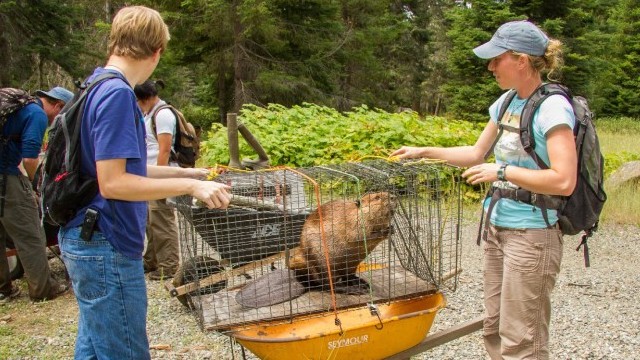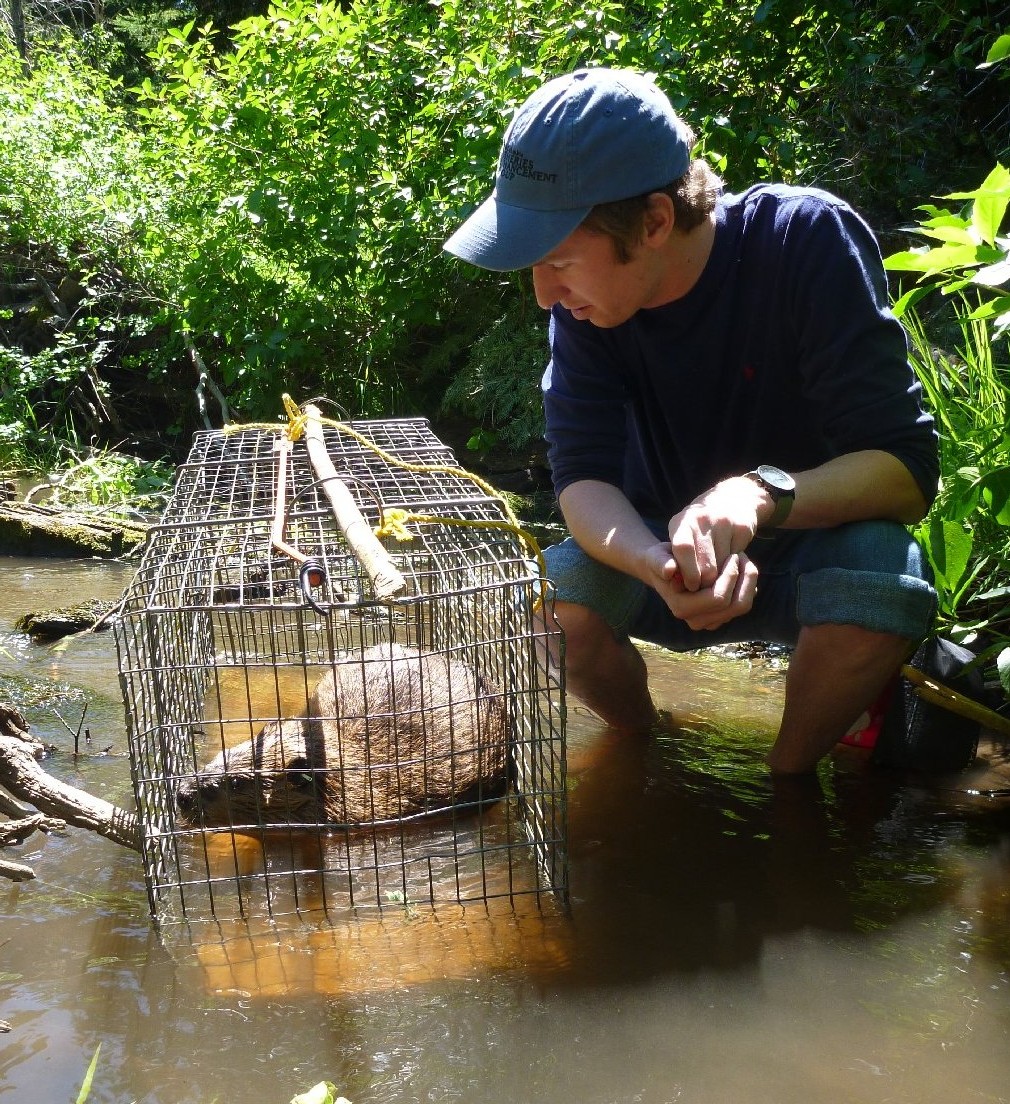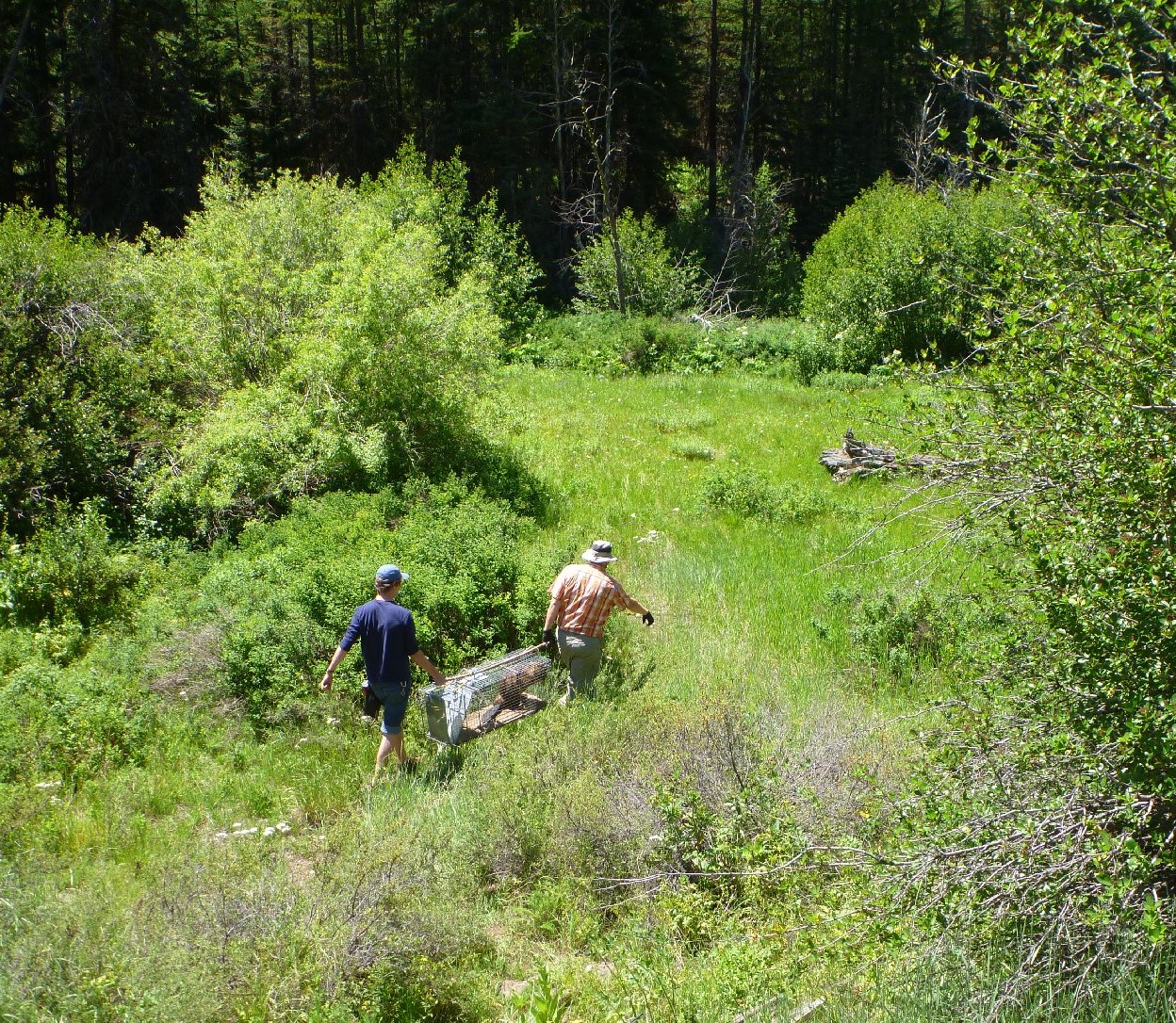
With their strong buck teeth and flat tails, beavers are the engineers of the natural world. Their craftsmanship, however, sometimes impacts man-made environments such as houses, roads, and farms. As a result, beavers are often considered to be nuisance animals and killed for the trouble they cause.
Now, beavers throughout central and eastern Washington State are being saved. In March 2011, the Washington Department of Fish and Wildlife (WDFW) established a three-year pilot project to relocate troublemaking beavers from homes and farms and move them to upper river tributaries. WDFW biologist William Meyer has been working on the Yakima Basin Beaver Project since its inception.

“I originally got the idea for this project from the Methow Valley Beaver Project,” said Meyer. “I thought, ‘I need to apply for a grant and do this project in the Yakima Basin.’” Meyer received funding for the project from the Salmon Recovery Funding Board.
Eastern Washington is a dry and arid place concerned with water storage and maintaining a healthy water cycle for crops, wildlife, and people. As climate change progresses, concerns about water quantity and quality continue to mount.
Through the relocation of 105 beavers over three years Meyer has seen firsthand how these fuzzy engineers help restore stream ecosystems.
